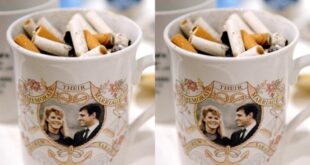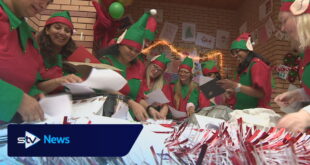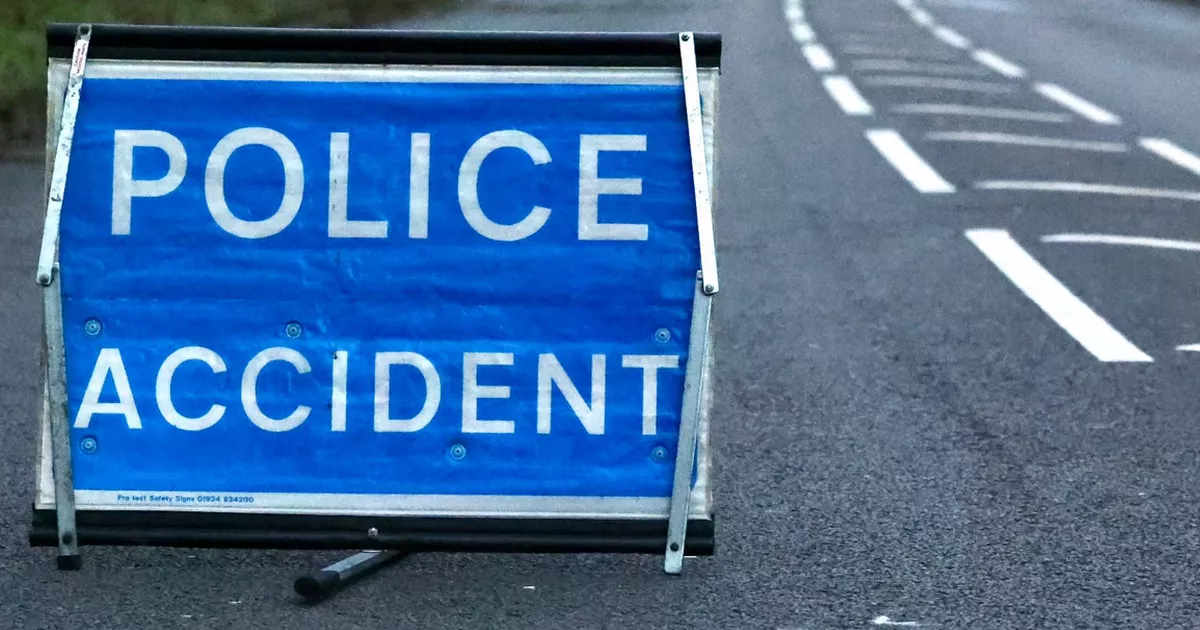The royal wedding of Prince Charles and Lady Diana Spencer at St. Paul’s Cathedral on July 29, 1981 was watched by 750 million people around the world. Nicknamed “the wedding of the century” for its extravagance, it broke new records and set global fashion trends—while also breaking with tradition in refreshing ways.
After the Privy Council sanctioned their wedding, Lady Diana Spencer and Prince Charles pose with Queen Elizabeth at Buckingham Palace, in March 1981.
Bettmann Archive/Getty Images
The Bride
Charles briefly dated Diana’s older sister, Lady Sarah, before courting his future bride. He proposed to Diana with a 12-carat sapphire engagement ring surrounded by 14 solitaire diamonds after meeting Diana just 13 times. To the public, the whirlwind romance between the shy, 20-year-old kindergarten teacher and the crown prince was something out of a fairytale.

The wedding of Charles, Prince of Wales, and Lady Diana Spencer in St Paul’s Cathedral, July 29, 1981.
Fox Photos/Hulton Archive/Getty Images
Royal Wedding Guest List
Prince Charles and Princess Diana’s wedding was the first royal wedding to be held at St. Paul’s Cathedral in London since the 1501 nuptials of Prince Arthur (son of King Henry VII) and Princess Catherine. St. Paul’s massive interior was more suitable for hosting their 3,500 guests than Westminster Abbey, the traditional site of royal weddings like Queen Elizabeth II’s 1947 wedding to Prince Philip.
The guest list was not without drama. While all of Europe’s leaders were invited, some declined to attend. “The President of the Republic of Ireland declined the invitation because of disputes over the status of Northern Ireland,” says historian Carolyn Harris. “The President of Greece did not attend because former King Constantine of Greece, a cousin and friend of Prince Charles, was invited to the wedding with the title of ‘King,’” and “King Juan Carlos and Queen Sofia of Spain (born Princess Sofia of Greece, a cousin of Prince Philip) did not attend the wedding because Charles and Diana planned to board the Royal Yacht Britannia for their honeymoon in Gibraltar, which had been British territory since 1704 but was claimed by Spain.”
America was represented by First Lady Nancy Reagan. Press around the world reported on what world leaders wore, who they talked to, and where they partied in London leading up to the big day.

Charles, Prince of Wales, and his wife, Princess Diana, wave to the crowds following their wedding ceremony at St Paul’s Cathedral.
Jayne Fincher/Princess Diana Archive/Hulton Royals Collection/Getty Images
Royal Wedding Hype
In the months before the wedding, the public was whipped into a frenzy by media coverage of the impending nuptials. Jonny Dymond, royal correspondent for BBC news says that Charles had been aggressively looking for a bride for six to seven years. “There had been a constant drumbeat from the newspapers about when and who,” Dymond says. “There was also this curious juxtaposition here in Britain of very hard economic times. Unemployment was climbing to almost unimaginable numbers, there was disorder in the streets, riots in major British cities. Then, this ‘fairytale wedding.’ The last time the heir to the throne got married was Queen Elizabeth in 1947.”
The wedding was broadcast in 74 countries and watched by 750 million people around the globe. Americans set their alarm clocks early to tune in live and in the UK, the wedding date—July 29, 1981—was declared a national holiday so more royal subjects could watch. Over 600,000 spectators filled the streets of London hoping to catch a glimpse of the Prince and Princess of Wales. Jeffery Simpson of the Globe and Mail reported: “Throughout the service, the royal couple could clearly hear the cheers from the thousands outside… After one such cheer, Lady Diana turned to Prince Charles and smiled from beneath her veil.”

Diana, Princess of Wales and Prince Charles pose for the official photograph by Lord Lichfield in Buckingham Palace at their wedding.
David Levenson/Getty Images
Princess Diana’s Wedding Dress
Princess Diana’s wedding dress was designed by David and Elizabeth Emanuel for Alexander McQueen. Made of silk taffeta, it had the longest train in royal history at 25 feet and was embroidered with 10,000 pearls. Princess Diana paired it with the Spencer tiara, a tiara that had been in her family for over 100 years, and a 153-yard veil.
Did You Know? Though they had 27 cakes total, Princess Charles and Princess Diana’s main wedding cake was a fruitcake from David Avery that had five tiers and weighed over 200 pounds.

The famous kiss on the balcony of Buckingham Palace after the wedding ceremony of Prince Charles and Lady Diana Spencer.
Bettmann Archive/Getty Images
The Royal Wedding Ceremony
Princess Diana was famously the first royal to omit the line “obey” from her traditional wedding vows, a purposeful choice that sparked controversy. There were several unplanned moments in the ceremony that also raised eyebrows. Diana accidentally referred to her husband by the wrong name, calling him “Philip Charles Arthur George” instead of “Charles Philip Arthur George.”
Prince Charles slipped up by forgetting to kiss his bride at the altar after their vows were exchanged, a mistake he made up for by kissing Diana on the balcony in front of exultant crowds, a tradition repeated by their eldest son, Prince William, at his 2011 wedding to Kate Middleton.

Royal commemorative plate to mark wedding of Prince Charles to Lady Diana Spencer.
Tim Graham Photo Library/Getty Images
Cultural Impact of ‘The Wedding of the Century’
In his address to the assembled wedding guests, the Archbishop of Canterbury said, “All couples are royal couples on their wedding day,” and the wedding industry took this to heart. “The wedding was the beginning of Diana-mania and people copying and copying what she did, what she wore,” says Dymond. “If you look back to the ‘new look’ after World War II in Europe and years of austerity, you saw women suddenly looking luxurious again. The same thing happened with the over-the-top creations Diana wore during and after the wedding when Britain was coming out of an era of industrial conflict. There was a romantic explosion in style.”
Those who couldn’t afford gowns with 25-foot trains settled for commemorative tea towels, posters, Coca-Cola bottles and even a commemorative coin from the Royal Mint depicting the bride and groom.
The marriage was not to last—Charles and Diana divorced in 1996—but the enduring legacy of the “wedding of the century” could be felt in fashion, culture, and in the weddings of the couple’s sons, Prince William and Prince Harry, each of which became global events in their own right.


